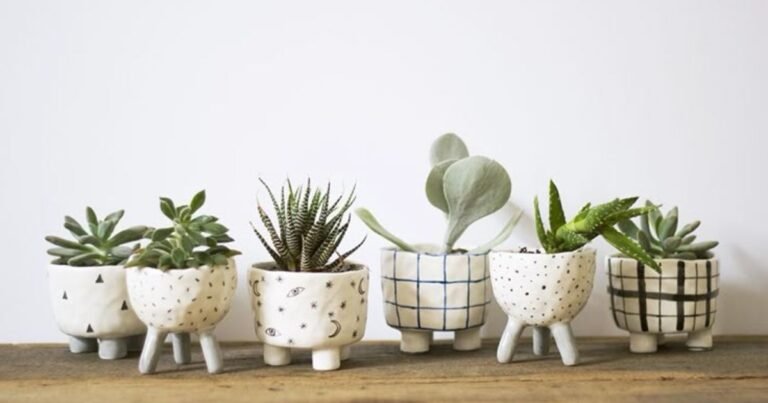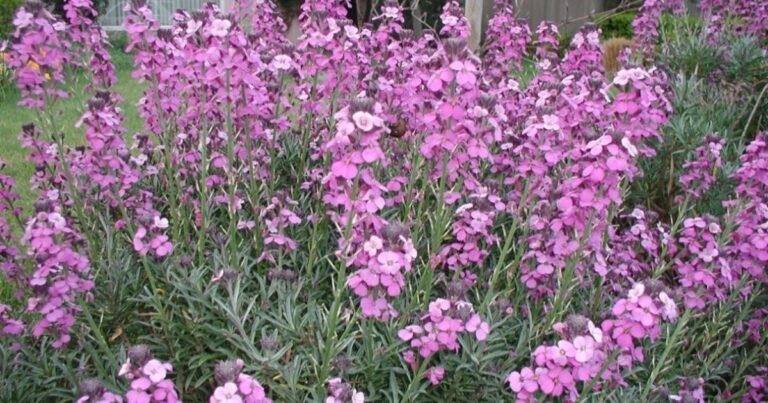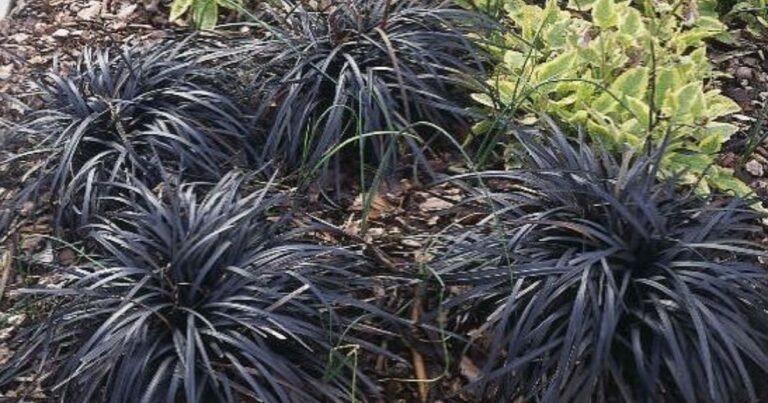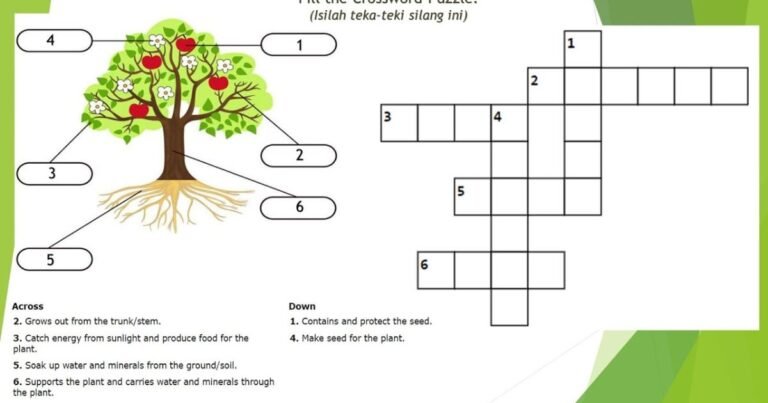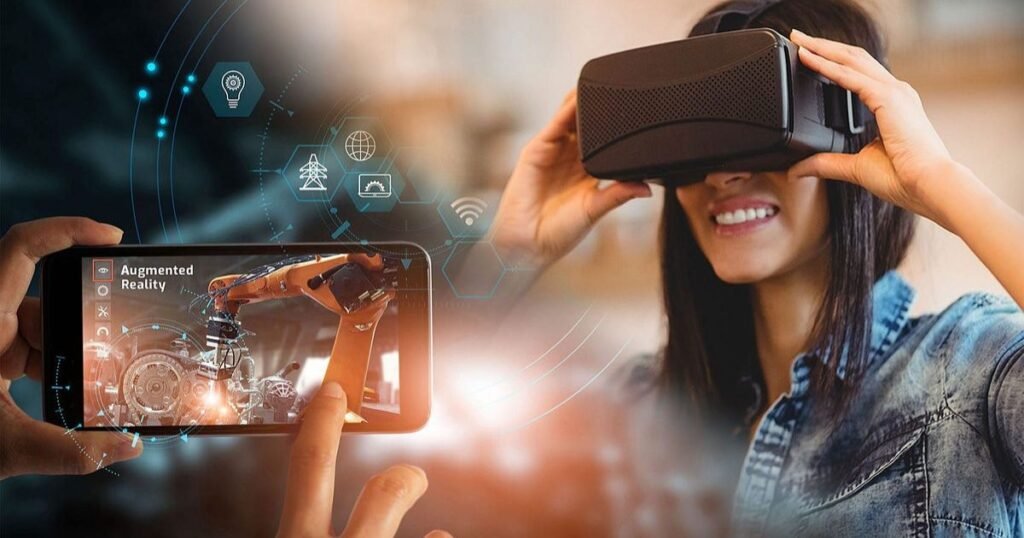
Learning botany through AR in real-world settings.
Technology has rooted itself into every part of our lives even our gardens. But is plant augmented reality really helping us connect with nature, or just simulating it? As a psychologist, I see deeper layers: our emotional relationship with nature, how kids learn, and why humans crave tactile, green experiences. Let’s examine the real impact.
How Does Plant Augmented Reality Actually Work?
Plant augmented reality overlays virtual plant data, models, or growth simulations onto real-world spaces using your smartphone or AR glasses. It’s like adding an invisible layer of digital info on your actual garden. But here’s the kicker: it doesn’t grow your plants for you.
AR can simulate:
- Plant growth stages
- Interactive care tips
- 3D plant identification
- Soil and watering guides
This is powerful for visual learners or kids who find textbooks too abstract. But does it replace physical interaction with plants? No. It’s a tool, not a replacement.
Can AR in Gardening Reduce Our Real Connection to Nature?
Here’s where the psychological lens kicks in.
The dopamine rush of interactive digital tools can easily replace the slow, grounding joy of planting seeds. Plant augmented reality might create more screen time, not more nature time. When we see kids using an app to learn about leaves, but not actually touching real leaves, something’s off.
Yet, for urban dwellers without gardens, plant AR tools can spark that initial love for greenery.
So yes it’s a double-edged trowel.
How Are Educators Using AR for Botany and Plant Science?
Educators are integrating AR-based plant education tools to replace or enhance lab experiments. For example:
- Showing plant anatomy in 3D during a live class
- Using AR flashcards that “grow” into trees when scanned
- Combining AR with real gardening kits
These tools tap into multisensory learning. They’re perfect for students with ADHD or those who struggle with passive learning. But balance is key: Hands-on experience remains irreplaceable.
What Are the Pros and Cons of Plant Augmented Reality?
Pros:
- Makes learning visual and fun
- Helps with plant care education
- Aids urban gardening efforts
- Encourages curiosity in young users
Cons:
- May reduce direct interaction with soil
- Can increase screen addiction
- Often lacks emotional connection to plants
This mirrors how we use social media connection without closeness. And that’s where caution must root itself.
Why Should Gardeners Use AR Responsibly?
Gardeners might turn to plant augmented reality to optimize watering schedules, plan garden layouts, or learn about native species. But gardening isn’t just about efficiency it’s therapy. As someone who often treats eco-anxiety and tech burnout, I recommend balance:
- Use AR for info, not intimacy
- Let children dig, not just swipe
- Pair One Parish’s nature walk guides (One Parish) with AR tools for meaningful outdoor learning
Will AR Help Solve the Climate Crisis or Just Simulate Solutions?
This is where psychology, ethics, and sustainability intersect.When we simulate planting trees, do we plant fewer of them? When we learn about ecosystems in 3D, do we feel more or less responsibility toward the real thing?Plant augmented reality can support climate education but it cannot fix climate denial or inaction. The real roots need real soil.For faith-based nature engagement and outdoor teaching ideas, check One Parish. They blend community learning with real-world experience beautifully.Curious about plant identification with tech or by eye? Discover the name of the plant with yellow flowers — a common mystery many gardeners try to solve with or without AR tools.
Frequently Asked Questions
What is plant augmented reality in gardening?
Plant augmented reality is a tool that uses digital overlays to help users visualize plant care, growth, and identification in real-time using AR apps.
Can augmented reality teach kids about plants better than books?
AR tools make plant learning more interactive and visual, which can improve understanding, especially in kids who struggle with traditional methods.
Are there any free AR plant apps?
Yes, several free apps like PlantSnap AR and Seek by iNaturalist offer plant ID and education features using augmented reality technology.
Does using AR for plants reduce screen-free time?
It can, if not balanced. While AR is educational, overuse might increase screen dependency and reduce hands-on nature time.
